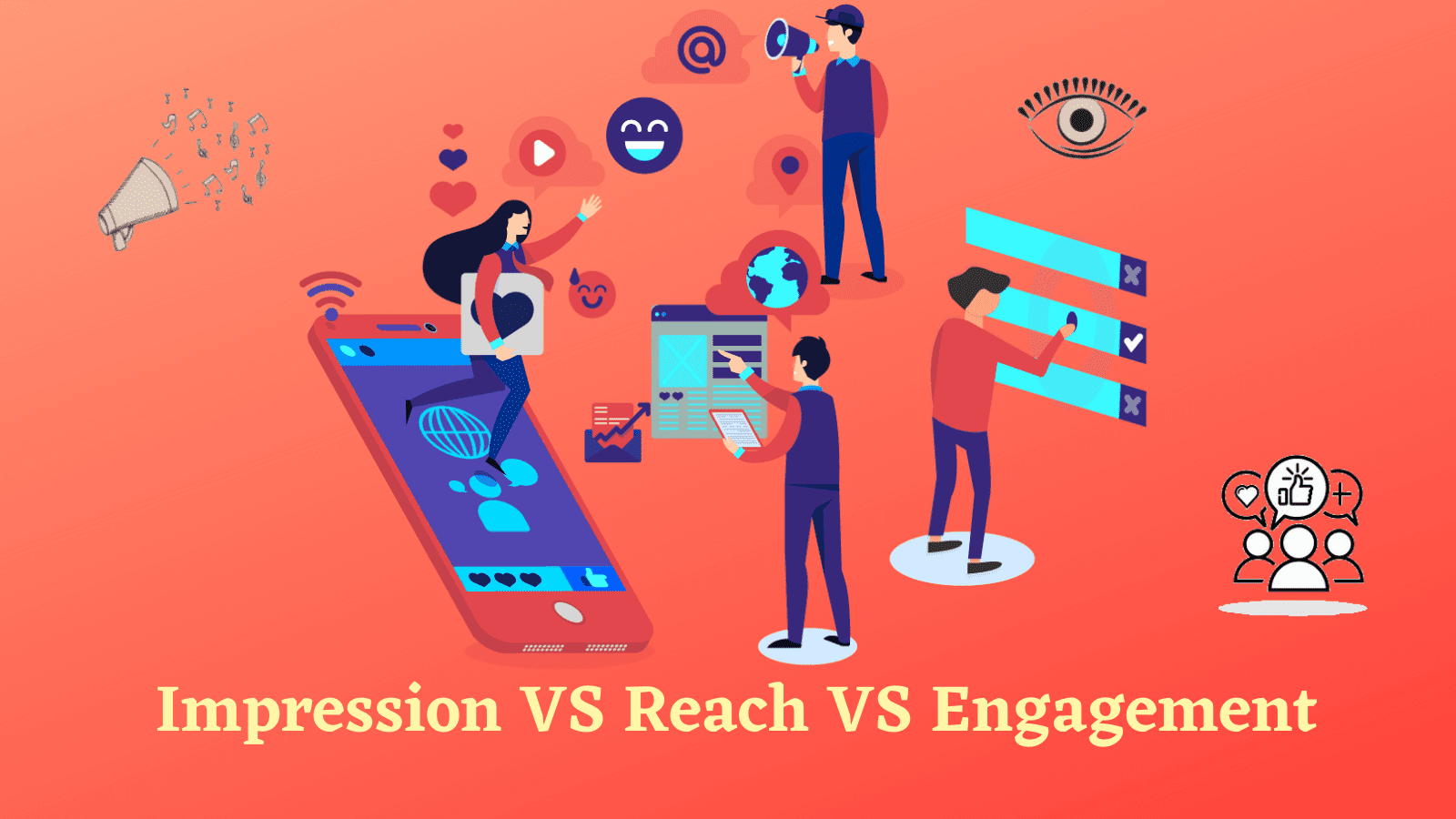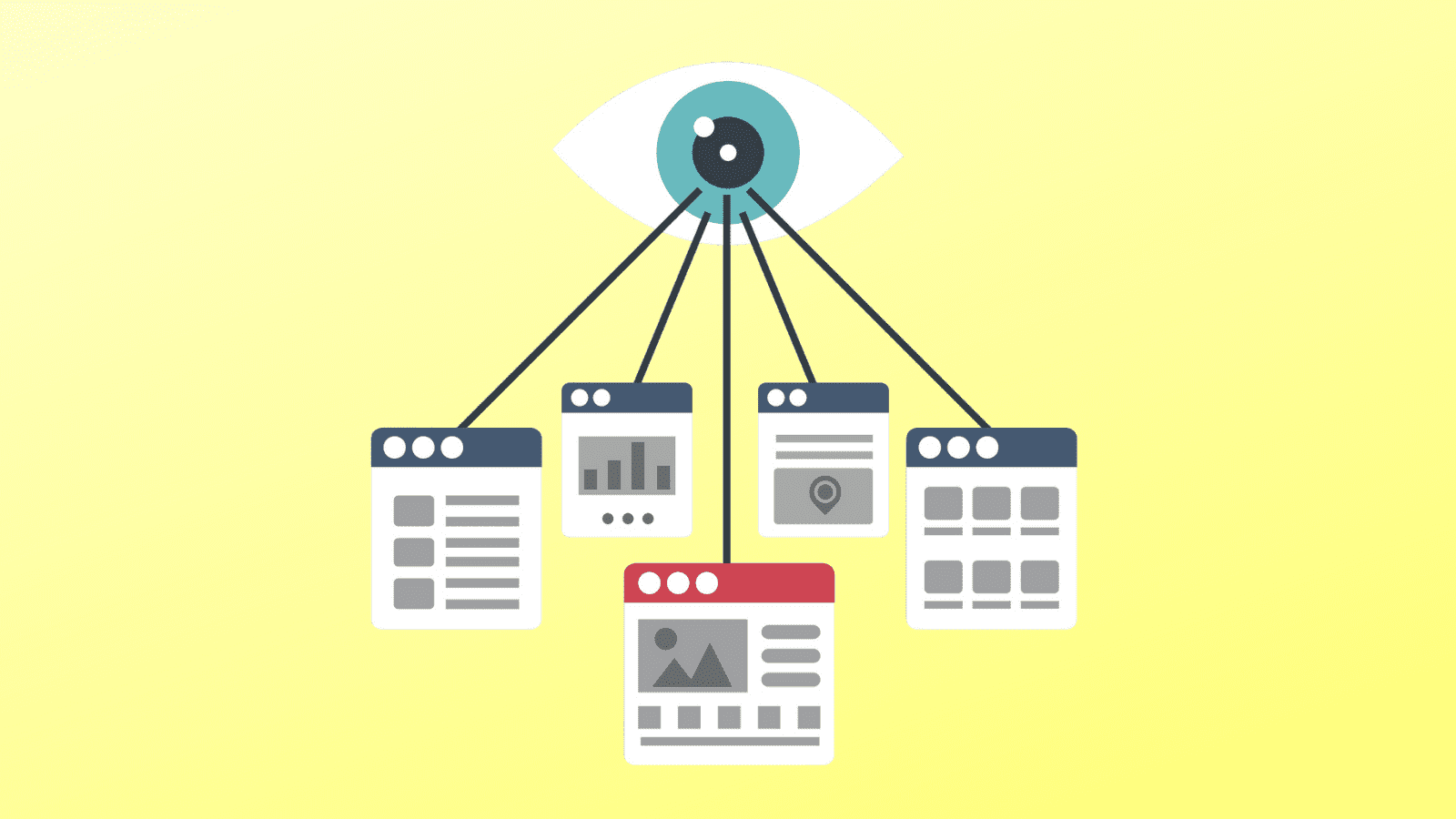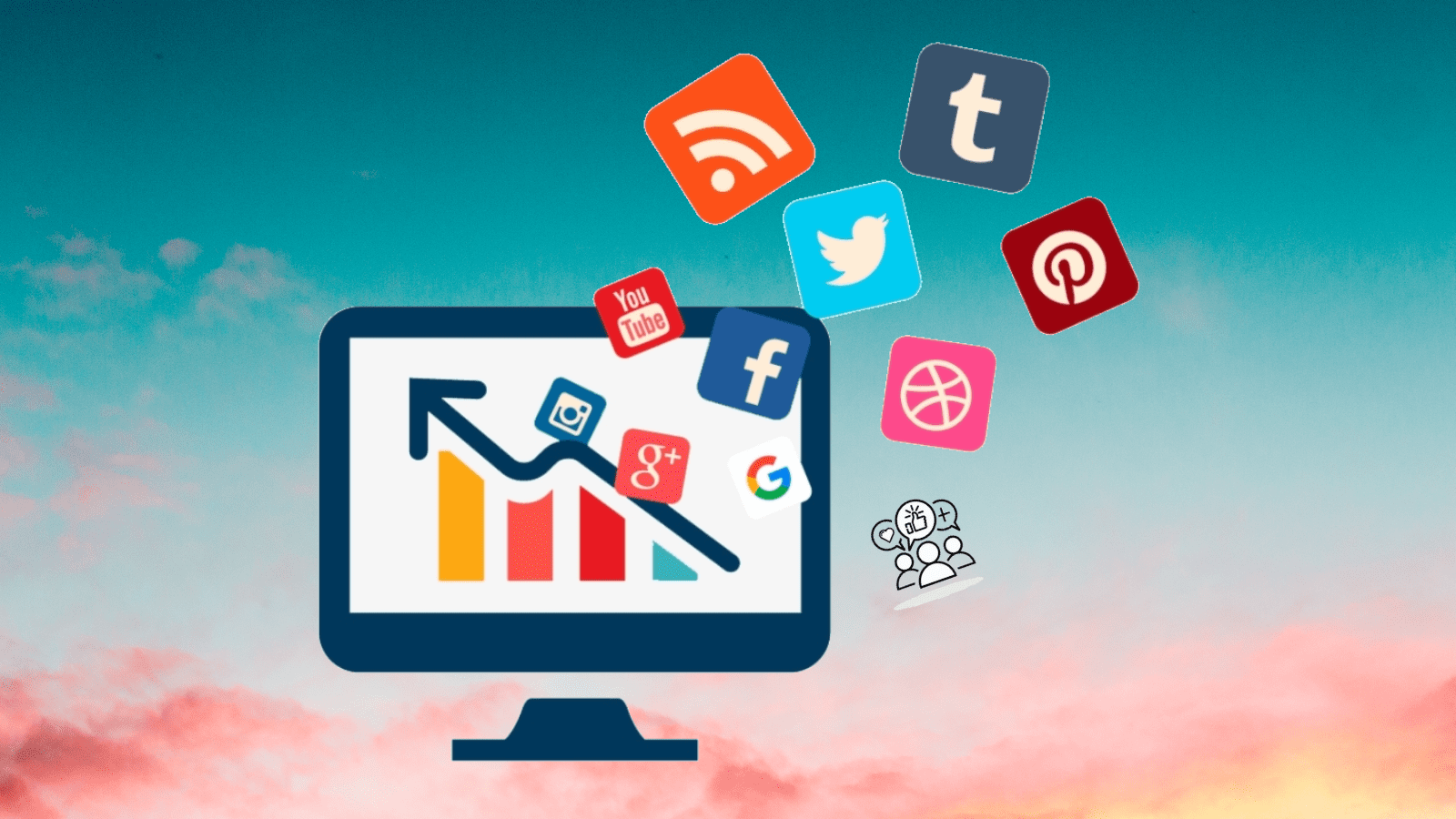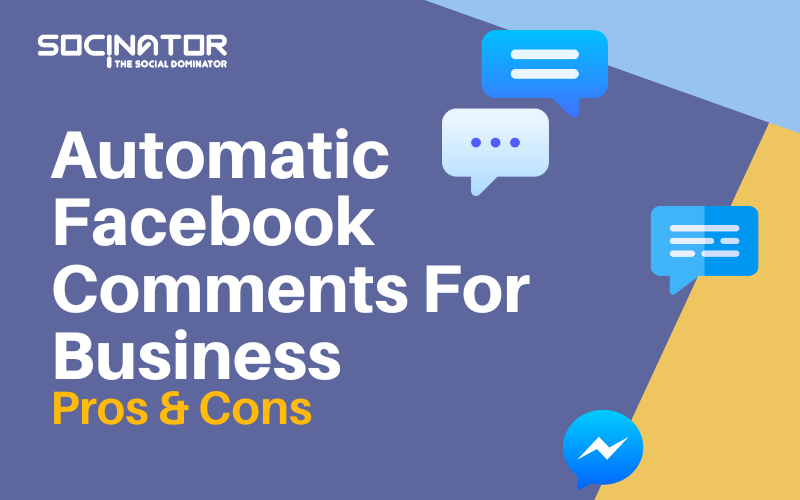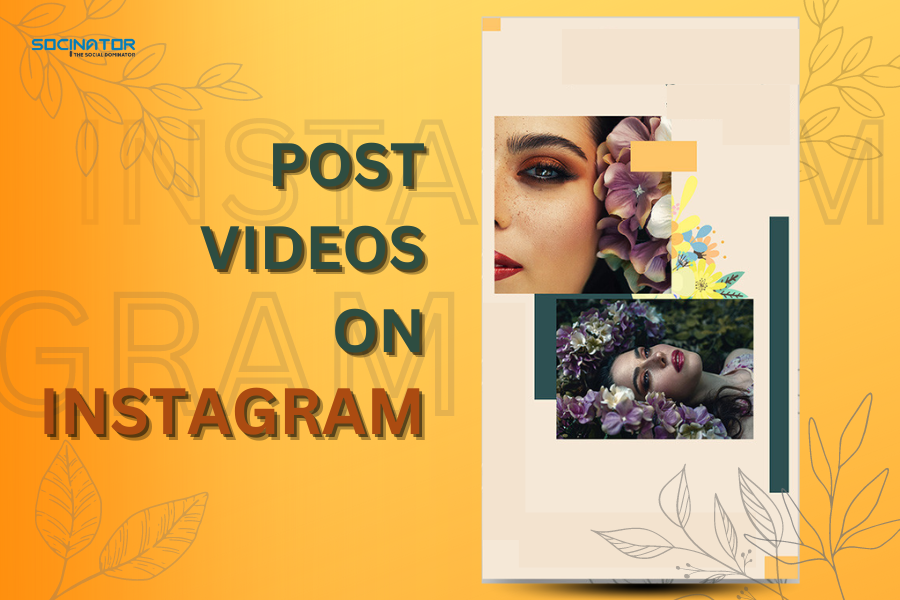If you use social media to promote your brand or any other business, you’ve probably come across the terms ‘impression’ and ‘reach’ and ‘engagement.’ While it’s easy to mix them up, there are some important distinctions to be made between the two. Impression, reach, and engagement are the top social media metrics that influence your overall social media engagement, search results, and brand awareness.
Although impressions, reach, and engagement are the most commonly used terms in marketing, they are not synonymous. In this article, we will be taking a deep dive into what “impression,” “reach,” and “engagement” mean and how they are different from one another.
Social Media Impression
The total number of times your content or ad is displayed is called ‘impressions.’ ‘Impressions’ don’t count the number of people who have interacted with or clicked on the content. It just measures the number of times that the ad or content gets displayed on someone’s social media.
Impressions aren’t a significant metric for calculating ROI. For example, you could run a Facebook video ad campaign. It doesn’t even have to start playing for Facebook to count your video ad as an impression. It only needs to appear in someone’s feed, even if the user scrolls right past it.
Social Media Reach
The total number of people who see your content is known as ‘reach.’ Consider ‘reach’ to be the number of distinct people who see your content. If 100 people have seen your ad, it has a total ‘reach’ of 100.
The reach of an advertisement will always be equal to or less than the number of impressions. Assume you have an ad shown to 300 users 500 times on a screen. Your reach would be 300 people. Some of those users may have seen your advertisement only once, while others may have seen it several times.
On Facebook, there are three different categories into which reach can fall.
Organic Reach: The number of unique people who saw a piece of content in their newsfeed for free, or without having to pay for it, after you shared it on your page.
Paid Reach: The number of people who saw your post as an effect of a promotion. Your ad spend influences paid reach; the more you spend, the more people will see that content or ad.
Viral Reach: The number of people who saw your post as an effect of another Facebook user liking, reacting to it, commenting on it, or sharing it. It could be due to both organic and paid posting.
Social Media Engagement
Engagement outshines impressions and reaches in how valuable a piece of content is. The amount of time people spend interacting with your social media accounts and content is known as social media engagement. It calculates the number of public shares, likes, and comments received by your company’s social media efforts.
As you can see, engagement is the only metric that indicates a user is interacting with a piece of content. Because there are so many other things to look at when you use impressions, you never know if the person looking at a screen is even seeing your ad. The same can be said for reach, as mere exposure may have no effect, even if a user visits the same ad multiple times.
Social Media Impressions VS Reach
Impressions and reach are two of the most commonly misunderstood terms. It can be because both of these metrics are derived by how many views your content is on. However, there is a difference between social media reach and impression.
The total number of people who see your content is called reach. The number of times people see your content, regardless of whether or not they click on it, is known as impressions.
There are many similarities between reach and impressions, but there is one significant difference in engagement. Assume you have 100 Twitter followers and have only posted one Tweet. If every single one of your followers sees that Tweet, you have a reach of 100 users and 100 impressions.
Assume you send out two Tweets to the same 100 followers the following day. Because your follower count has not changed, your reach remains at 100 users. You now have 200 impressions, however. Why? Because both of your Tweets were seen by every single one of your 100 followers.
Socinator can assist you in ensuring that you are focusing on the right metrics. This resource will assist you in understanding all of the metrics to focus on for each marketing goal and will assist you in making a more significant impact with your data.
What should you prioritize: impressions, reach, or engagement?
When running your social media strategies, you should monitor all three metrics: impressions, reach, and engagement. Why?
Impressions show that your ad is running smoothly and that the network believes it is appropriate to show to the users you’re targeting.
Reach enables you to determine how many times users must see your ads before acting on them.
Engagement indicates whether or not your content is being received favorably by users.
Socinator Solution
You can use social media to increase brand awareness, build customer relationships, and make sales directly through social media platforms. One of the most challenging aspects of social media management platforms is managing multiple accounts on various networks. Use Socinator for your business account to manage numerous social media accounts at once.
Socinator is an all-in-one social media automation solution to automate your daily social media activities. It has features that allow you to plan your posting schedule and manage regular engagement activities using the Calendar.
Automation features like auto-follow, follow back, auto repost, auto message, live chat, and many more allow you to grow social media accounts 10X faster with Socinator.
Read More:
The Ultimate Guide To Small Business Marketing
Top 07 Social Media Analytics Tools In 2022
Instagram Takeover 101: Elevate Your Social Media Marketing Game
Conclusion
Impressions, reach, and engagement are three of the most commonly used marketing terms. They can all impact your overall social media engagement, search results, and brand awareness.
Reach, engagement, and impressions are metrics that can help you better plan your marketing strategies in the future. Begin using Socinator for all of your social marketing tasks and reap the many benefits it offers, such as automated content curation, posting, management, and scheduling.


